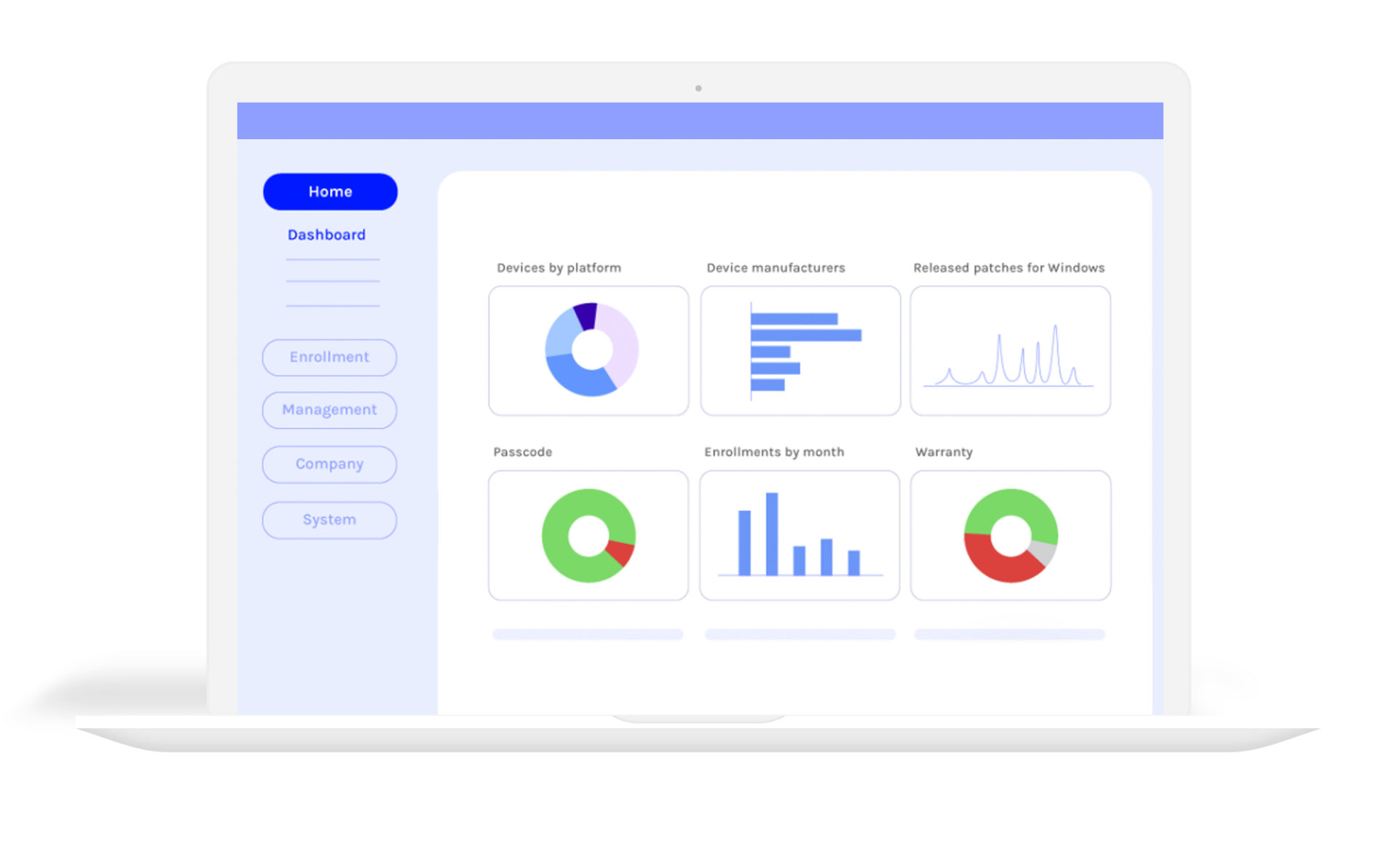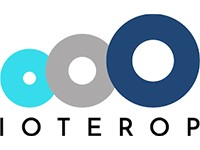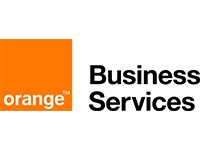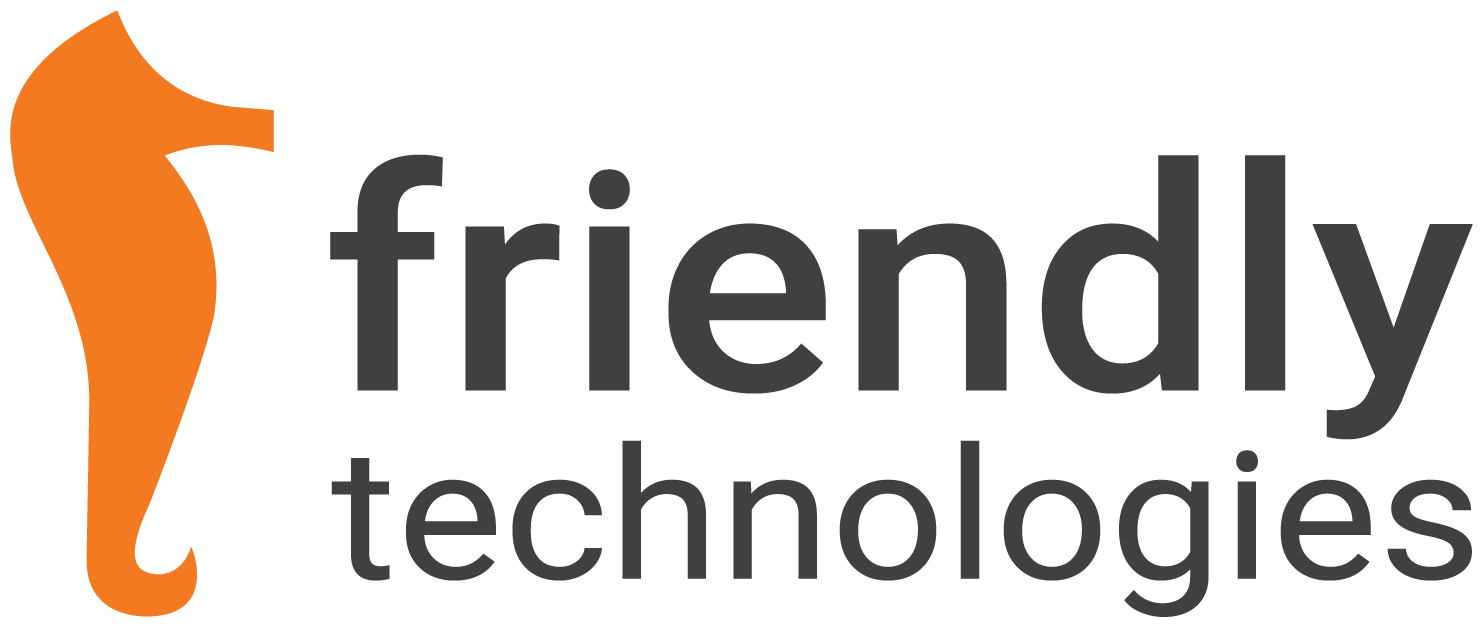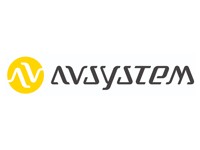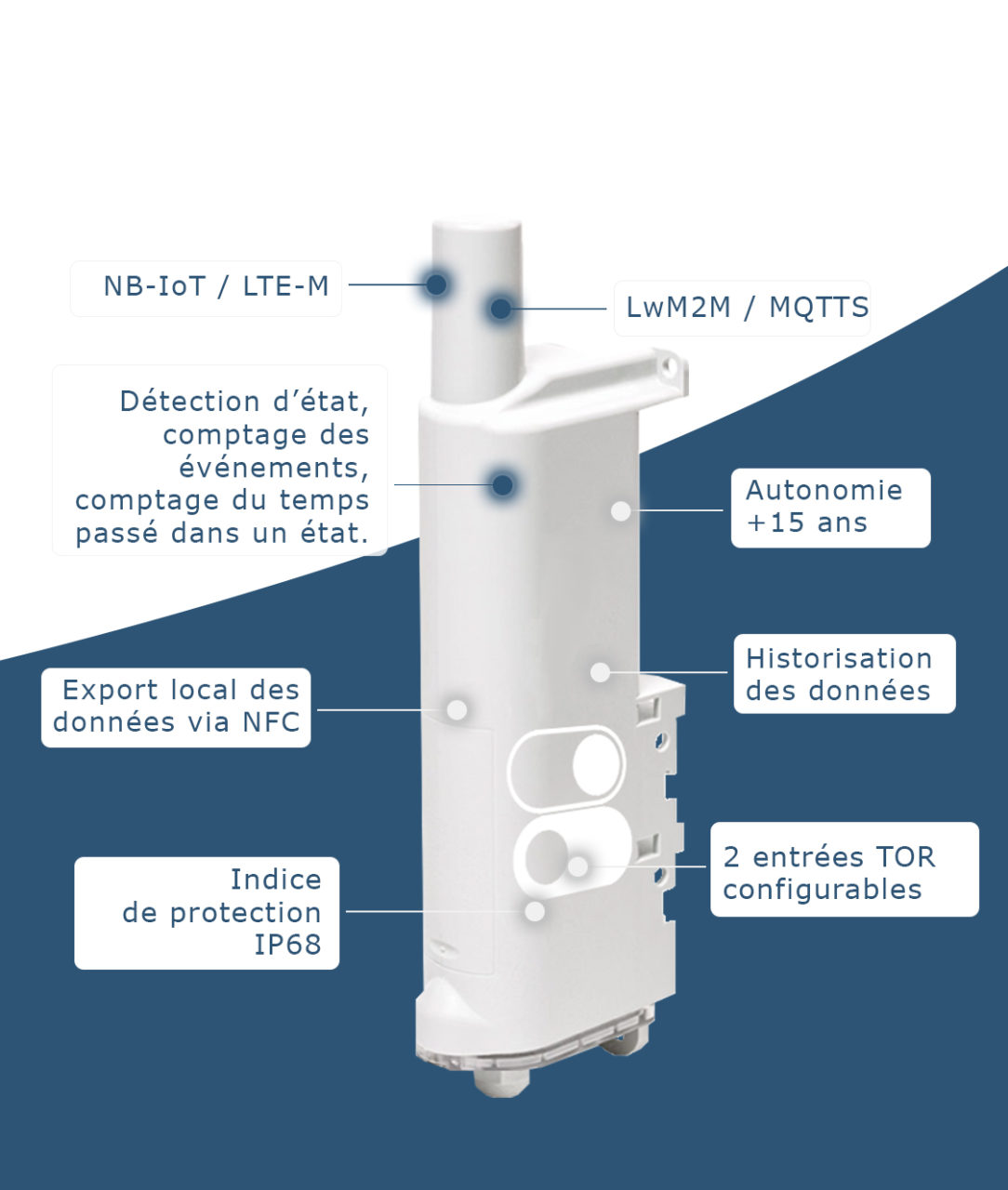Easily manage your fleet of Adeunis sensors using the LwM2M protocol
Welcome to the page dedicated to the Operational Readiness of Adeunis cellular IoT sensors.
Whether you’re new to managing cellular IoT sensors or not, find out how the Lightweight M2M (LwM2M) protocol offers an advanced, secure solution for simplifying the management of your sensor estate.
What is Device Management?
Device management is an essential part of any deployment of cellular IoT sensors.
It allows you to efficiently manage a fleet of connected objects, monitor their status, configure settings and update firmware centrally and remotely.
With the right device management protocol, you can simplify and automate these tasks, without having to physically intervene on each device, improving the operational efficiency and performance of your sensors.
The LwM2M protocol: your ally for Device Management of your cellular IoT sensors
Adeunis has chosen the LwM2M (Lightweight M2M) protocol as the device management solution for its range of cellular sensors.
What is the LwM2M protocol?
LwM2M is an Open Mobile Alliance protocol specifically designed for operational management, data feedback, provisioning and lifecycle management of machine-to-machine (M2M) and Internet of Things (IoT) devices.
Specifically designed for connected devices with constraints (computing capacity, memory space), the LwM2M protocol is based on :
- A secure data transfer standard called Constrained Application Protocol (CoAP). CoAP is an application layer protocol similar to HTTP in its philosophy and general semantics, but designed specifically to be lightweight.
- A variety of ready-to-use standard objects such as Smart Objects from the IPSO alliance, for standardised management of data models.
The benefits of device management for your cellular IoT sensors with LwM2M
LwM2M offers lightweight, secure and efficient communication between connected objects and a management server, enabling you to manage your sensors centrally, simplifying their configuration, monitoring and maintenance.
The LwM2M protocol offers many advantages for maintaining Adeunis sensors in operational condition, even in low-power, low-bandwidth environments.
Simplified remote management
Simplify the management of your fleet and reduce your operating costs.

Scalability and interoperability

Low power consumption
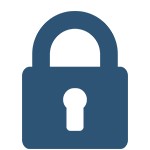
Enhanced security
Want to find out more?
Thanks to the LwM2M protocol, you benefit from complete management of your cellular IoT sensors, even if they are spread across different sites, without the need to physically intervene on site.
- Configuration :
Configure your Adeunis sensors from a central server. No need to intervene on each device individually, you can deploy your configurations quickly and efficiently. - Update:
Update the application firmware of your Adeunis sensors remotely (FOTA), without interruption and in just a few minutes. Deploy new features: security enhancements and bug fixes made easy. - Alerts:
Automate real-time monitoring of the status of your fleet. Easily set up status notifications and alarms to indicate which devices are offline, approaching a low battery level or transmitting a weak signal. This allows you to implement proactive maintenance to avoid unplanned downtime and reduce the costs associated with manual sensor administration.
Whether you have a few sensors or a large-scale deployment, the LwM2M protocol offers great scalability. It enables you to manage a large number of cellular IoT sensors efficiently, making it easier to grow your IoT infrastructure.
As part of an IoT project, you may need to equip your site with devices from different manufacturers, using different communication technologies and protocols. This can lead to problems of interoperability and compatibility between devices. By providing an open and interoperable standard, the LwM2M protocol enables Adeunis sensors to communicate seamlessly with devices from different manufacturers. This facilitates system integration, data collection and analysis from multiple sources, and allows centralised management without the complications of incompatibility.
Adeunis’ cellular IoT sensors are designed to be energy-efficient so that they can operate for several years without an external power supply, and the LwM2M protocol is perfectly suited to these constraints. LwM2M uses small control and management messages, minimising the energy consumption of your sensors.
The LwM2M protocol natively supports the DTLS, TLS and OSCORE protocols, and incorporates robust security mechanisms such as mutual key authentication, data encryption and authorisation mechanisms, ensuring the confidentiality and integrity of information exchanged between the management server and Adeunis sensors.
Integration tested with our partner device management platforms
At Adeunis, we understand the importance of choosing the right device management platform to support your deployments. That’s why we have tested the integration of our sensors with several market-leading device management platforms. These integration tests allow us to ensure optimal compatibility and interoperability between our Adeunis cellular sensors and the Device Management platforms listed below:
Get started now with LwM2M device management
Contact us to find out more about our packaged offers and to discover our cellular sensor solutions!
Why choose Adeunis cellular sensors for your IoT project?

Easy integration

Worldwide cell compatibility

Superior reliability and performance

Support and technical expertise
Our sensors use the LwM2M communication protocol, making them interoperable with different IoT platforms. You can easily integrate and manage them in your infrastructure.
Adeunis IoT sensors are designed to connect to NB-IoT and LTE-M networks, providing reliable and extensive connectivity for your IoT deployments.
Adeunis IoT sensors are equipped with advanced technologies that guarantee optimum performance and high reliability.
Our team of experts is on hand to answer your questions and guide you through the use of our sensors. We are committed to providing you with an exceptional customer experience at every stage of your project.
IoT data transmission, from the sensor to your platform
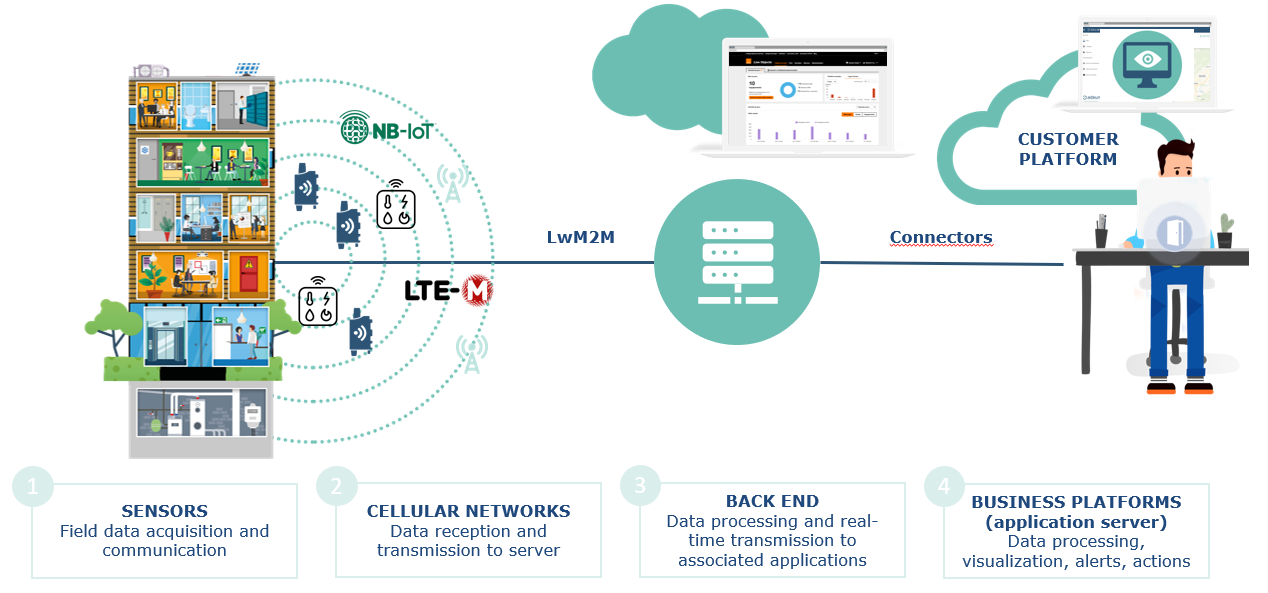
Sensors
Adeunis sensors are designed to collect specific data in the field, such as energy consumption, environmental data and data relating to the operation of building equipment.
Cellular networks
The data is sent via a cellular IoT network (NB-IoT or LTE-Cat-M1) to an LwM2M server. No additional equipment (gateway, router, etc.) is required for data transmission. The LwM2M protocol offers secure, lightweight communication adapted to Adeunis battery-powered sensors.
Back-end (network servers)
The LwM2M server receives the data sent by the sensor. It is responsible for sensor management, authentication, registration, parameter updating and data collection.
Business platform
Once the data has been processed, the server can transfer it to a third-party platform for more advanced business data management. Users can extract useful information from the data collected by the sensors to make informed decisions and optimise business operations.
Do you need help?
Our team is here to help you. If you have any questions or encounter any problems when using our application, please don’t hesitate to contact us. We’re here to solve any problems you may encounter and provide you with the best possible experience.
expertise to support you, from the diagnosis to the implementation of your solution

